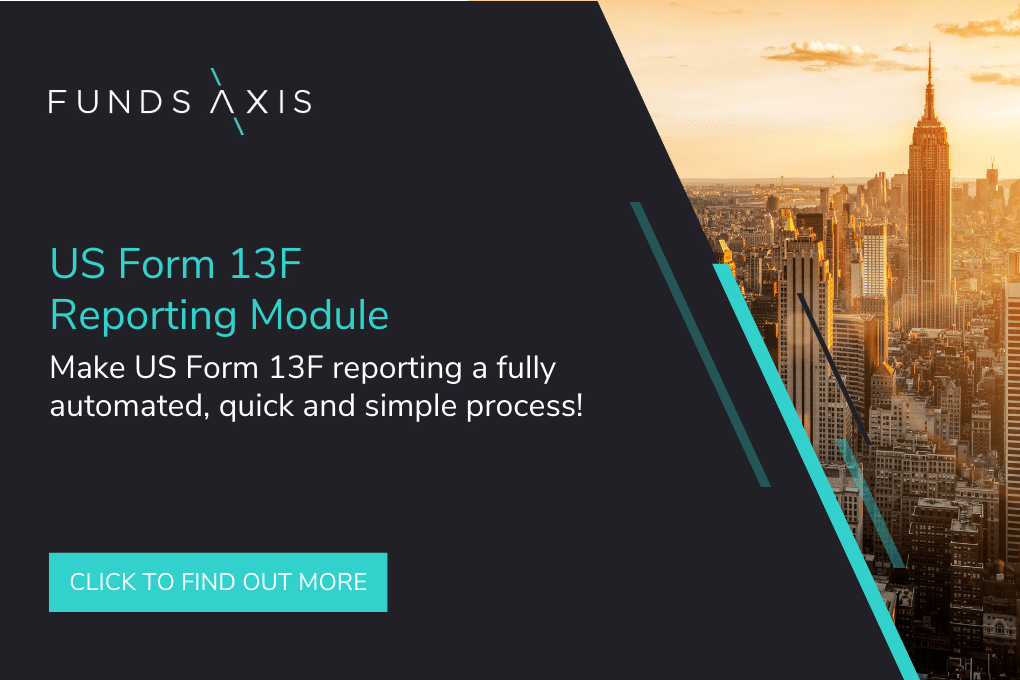You can submit either of:
Where you do not have an automated solution, there is a relatively simple process to convert excels into the required XML format.
The Form must be filed electronically using the SEC’s EDGAR system. To file through EDGAR, you will need a Form ID, the EDGAR Filer Manual, and EDGARLink software, all of which are available through the SEC’s website.
The filer needs a Central Index Key (CIK) and CIK Confirmation Code (CCC) to submit documents to the EDGAR system and provide access to online tools and secure SEC websites. These SEC EDGAR Filer Access Codes are created by the SEC and provided when a company or individual registers with the SEC as an EDGAR filer. Filer codes consist of five unique sets of numbers; four provided by the SEC and, one created by the registrant.
Please follow this link for instructions on submitting a request to the SEC for EDGAR access codes.
An agent can make the filing on your behalf. In this case, the agent needs to be registered with EDGAR as a filing agent and needs to have obtained a CIK. To do this, the agent needs to have signed the relevant form on the company letterhead and have it notarised.


